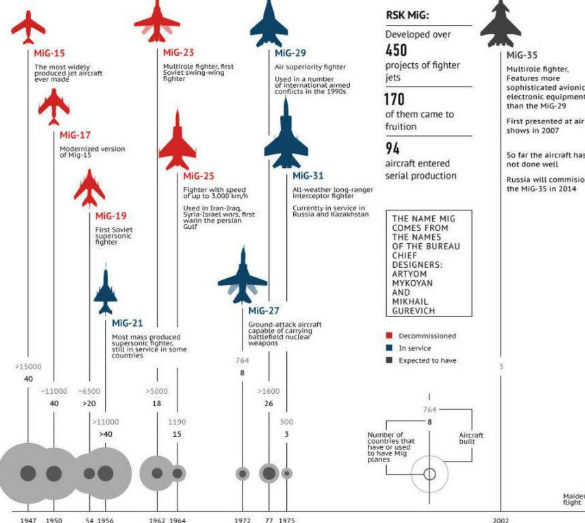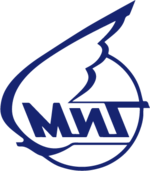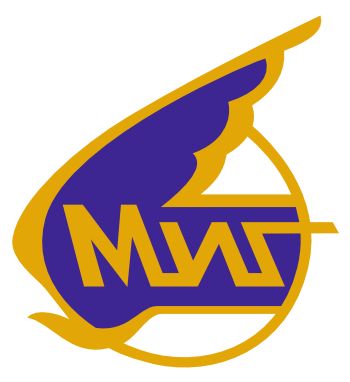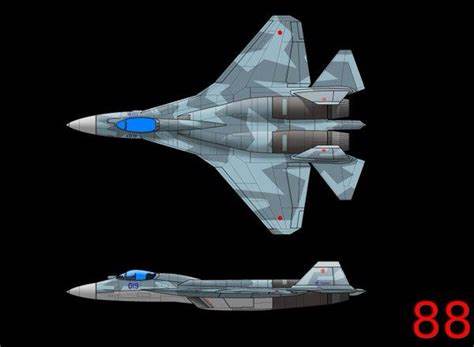
.
Amazing Amazing Mikoyan Corporation.
The company specializes in the production of military aircraft. The Russian government has issued licenses to RSC MiG for the development, production and technical support of civil and military aviation equipment.
In 2006, Mikoyan became a division of the United Aircraft Corporation in a merger with Ilyushin, Irkut, Sukhoi, Tupolev, and Yakovlev by decree of the Russian President Vladimir Putin.


Mikoyan was established on 8 December 1939 as the Pilot Design Department of the Aviation Plant #1 and headed by Artem Mikoyan and Mikhail Gurevich. It was later renamed "Experimental Design Bureau named after A.I. Mikoyan" otherwise known as the Mikoyan Design Bureau or Mikoyan OKB. In 1964 Gurevich retired, and Mikoyan died in 1970. He was succeeded by Rostislav A. Belyakov, and in 1978 the enterprise was named after Mikoyan.
In 1995, Mikoyan OKB was merged with two production facilities to form the Moscow Aviation Production Association "MiG" (MAPO-MiG). In the 1990s MiG began developing Mikoyan Project 1.44, a fifth-generation jet fighter, but the project was hampered by a lack of funding and was eventually canceled.
 |
|
| Formerly |
|
|---|---|
| Company type | Division |
| Industry | Aerospace manufacturer and defense |
| Founded | 8 December 1939; 84 years ago |
| Founders | |
| Fate | merged into United Aircraft Corporation |
| Headquarters | Leningradsky Prospekt, Moscow, Russia |
| Products | Military aircraft Civil airliners Unmanned aerial vehicles |
| Revenue | $1.37 billion (2017) |
| Operating income | $27 million (2017) |
| Net income | $8.59 million (2017) |
| Total assets | $3.58 billion (2017) |
| Total equity | −$302 million (2017) |
| Number of employees | 10,090 (2013) |
| Parent | United Aircraft Corporation |
| Website | www |
Russian Aircraft Corporation "MiG" Military Aircraft:
MiG-9 - 1946 fighter, MiG's first jet
MiG-15 - 1947 fighter
MiG-17 - 1950 fighter (based on the MiG-15)
MiG-19 - 1952 fighter, MiG's first supersonic fighter.
MiG-21 - 1956 fighter and interceptor that would be widely exported
MiG-23 - 1967 fighter and fighter-bomber
Mig 1.44 Demo aircraft Flatpack
MiG-25 - 1964 interceptor and reconnaissance aircraft
MiG-27 - 1970 ground-attack aircraft derived from the See MiG-23.
MiG-29 - 1977 air superiority fighter and multirole fighter Video
MiG-29M, improved variant.
MiG-29K - 1988 carrier-based multirole fighter and the naval variant of the MiG-29M.
MiG-31 - 1975 interceptor (based on the MiG-25)
MiG-35 - 2007 multirole fighter and air superiority fighter (based on the MiG-29)
Mikoyan was established on 8 December 1939 as the Pilot Design Department of the Aviation Plant #1 and headed by Artem Mikoyan and Mikhail Gurevich. It was later renamed "Experimental Design Bureau named after A.I. Mikoyan" otherwise known as the Mikoyan Design Bureau or Mikoyan OKB. In 1964 Gurevich retired, and Mikoyan died in 1970. He was succeeded by Rostislav A. Belyakov, and in 1978 the enterprise was named after Mikoyan.[6] In 1995, Mikoyan OKB was merged with two production facilities to form the Moscow Aviation Production Association "MiG" (MAPO-MiG). In the 1990s MiG began developing Mikoyan Project 1.44, a fifth-generation jet fighter, but the project was hampered by a lack of funding and was eventually canceled. In December 1999, Nikolai Nikitin was appointed the corporation's General Director and General Designer. Nikitin focused most of the company's resources on the development of the Tu-334 passenger aircraft at the expense of military programs.[5] This prompted the resignation in December 1999 of many of its leading military aircraft designers, including the chief designers and their deputies for the MiG-29 and MiG-31 programs

Russian Aircraft Corporation "MiG" commonly known as Mikoyan and MiG.

Tupolev Tu-2 (development names ANT-58 and 103; NATO reporting name Bat) is a twin-engined Soviet high-speed daylight and frontline bomber

Tupolev Tu-4 (Russian: Туполев Ту-4; NATO reporting name: Bull) is a piston-engined Soviet strategic bomber that served the Soviet Air Force

Tupolev Tu-204 is a twin-engined jet airliner capable of carrying 210 passengers.

Tupolev Tu-160 (Russian: Туполев Ту-160 romanized: Bely Lebed, lit. 'White Swan';[

Tupolev PAK DA or PAK DA (Russian:complex for long-range aviation''), codename Poslannik



 |
|||||||||||||||||
|
|||||||||||||||||
|---|---|---|---|---|---|---|---|---|---|---|---|---|---|---|---|---|---|
Despite the high expectations, there is skepticism about Russia's capability to produce such an advanced fighter, given the challenges they faced with fifth-generation technology.
-The MiG-41 is said to achieve speeds over Mach 4, operate at near-space altitudes, and potentially include an unmanned version. It's also expected to be equipped with the new Saturn AL-51 engine, which promises significant improvements over its predecessors. As global military powers race to develop sixth-generation fighters, Russia's progress with the MiG-41 will be closely watched.